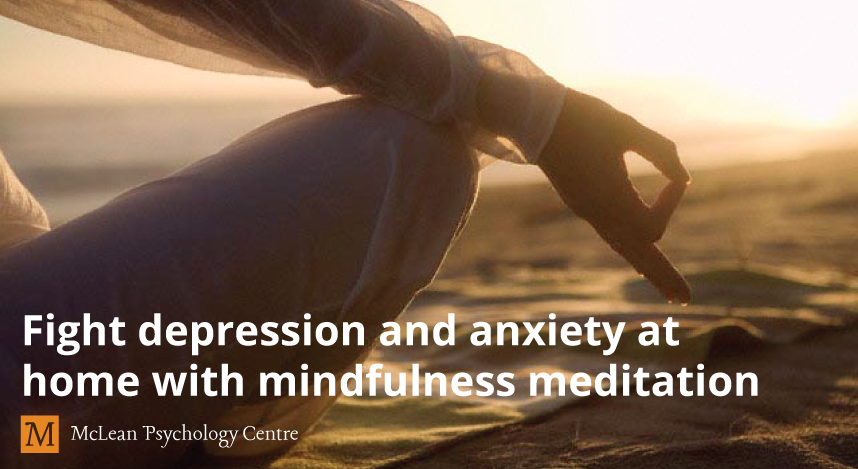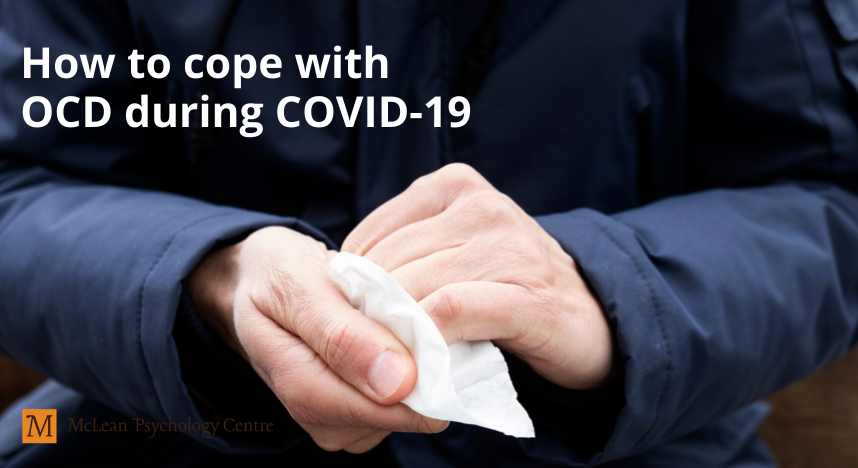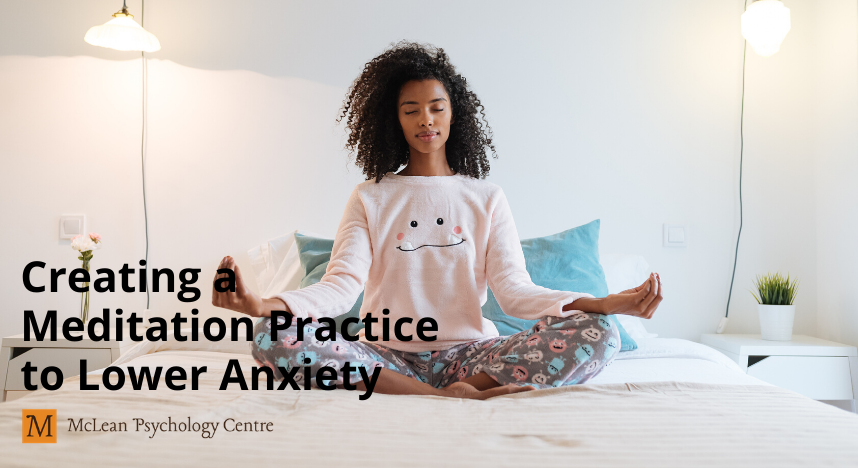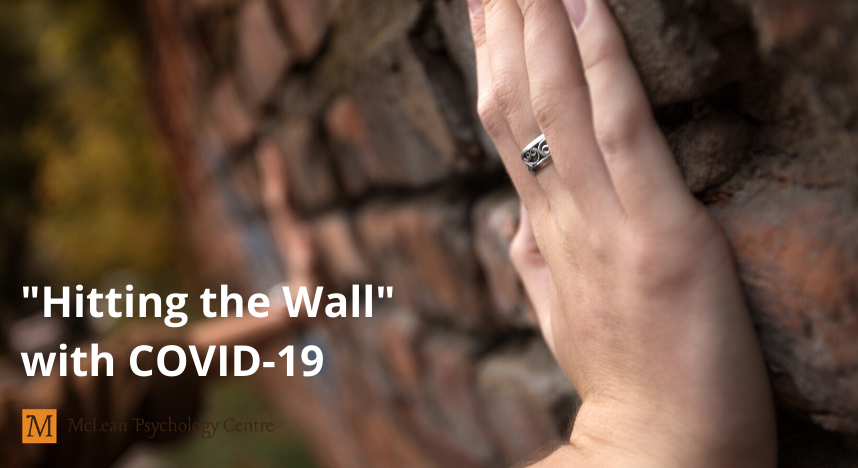For many of us, using meditation to help solve a major mental health issue might seem silly. “Sitting cross-legged and chanting will ‘cure’ my depression and anxiety? That sounds impossible,” you might say. But the truth is that the psychological community has found meditation incredibly helpful in the treatment of major mental health disorders, such as depression, anxiety, and chronic pain. It won’t “cure” you, but mindfulness meditation can be an important part of psychological therapy.
Many people think that meditation means sitting and doing nothing, but “nothing” could be further from the truth. Much in the same way you would exercise your body to be stronger and do specific things you want it to do, meditation is training for the mind.
Different meditation techniques tackle this training in different ways, but all of them can be helpful in changing thought patterns and increasing focus. Researchers have found that meditation can also help keep your brain from aging, reduce activity in the brain’s “Me Centre” (where your self-referential thoughts start), improve concentration and attention span, and increase learning capacity and memory.
Sound good? We thought so. Below is a basic 5-minute meditation to you can do right now. In order to get the full benefit, we recommend doing this in a quiet place (no radio or TV), and in a seated position.
- First, decide how you would like to sit. You can sit cross-legged on the floor on a cushion, or you can sit in a chair. In either case, make sure your back is comfortably straight – not too rigid, but not too relaxed. If you are sitting in a chair, make sure your feet are planted flat on the floor.
- Now, find a point on a wall, or on the floor in front of you, to rest your eyes. Don’t choose a spot too far in the distance. The point is for your eyes to “rest” gently where they are. It may be helpful to place a candle or object in your field of view that will help you to focus.
- Sit this way for about two minutes. Think about how your body feels. Notice if there is any tension, or body aches. If your mind wanders, that’s okay, but it’s important to bring your thoughts back to your body.
- Next, we’ll focus on breathing. Focus on how your breath feels as it comes in and out of your body. Do this for about a minute.
- Finally, we will address your thoughts. As you have been sitting focusing on your body and your breath, you will notice thoughts have been floating through your mind. These thoughts could be anything from a joke you heard today, to a fight you had with your partner, to the jingle from a TV commercial, to what you need to get from the grocery store. When these thoughts come through your mind, make note of them but don’t focus specifically on the thought itself.
- If you find yourself focusing heavily on one thought and getting caught up, simply return to focusing on your breath and return to your thoughts when you’re ready. For now, simply acknowledge these thoughts with the word “thoughts”, as though you are flagging them.
- After about two minutes of allowing thoughts to move through you, take a few deep breaths and start to move gently.
You have now completed a mindfulness meditation! McLean Psychology Centre recommends mindfulness meditation as part of the therapy our clinicians do with many of our clients. If you are looking for help, booking a consultation with us is the first step.
If you are looking for more information on mindfulness meditation, see our resource article on the topic.







